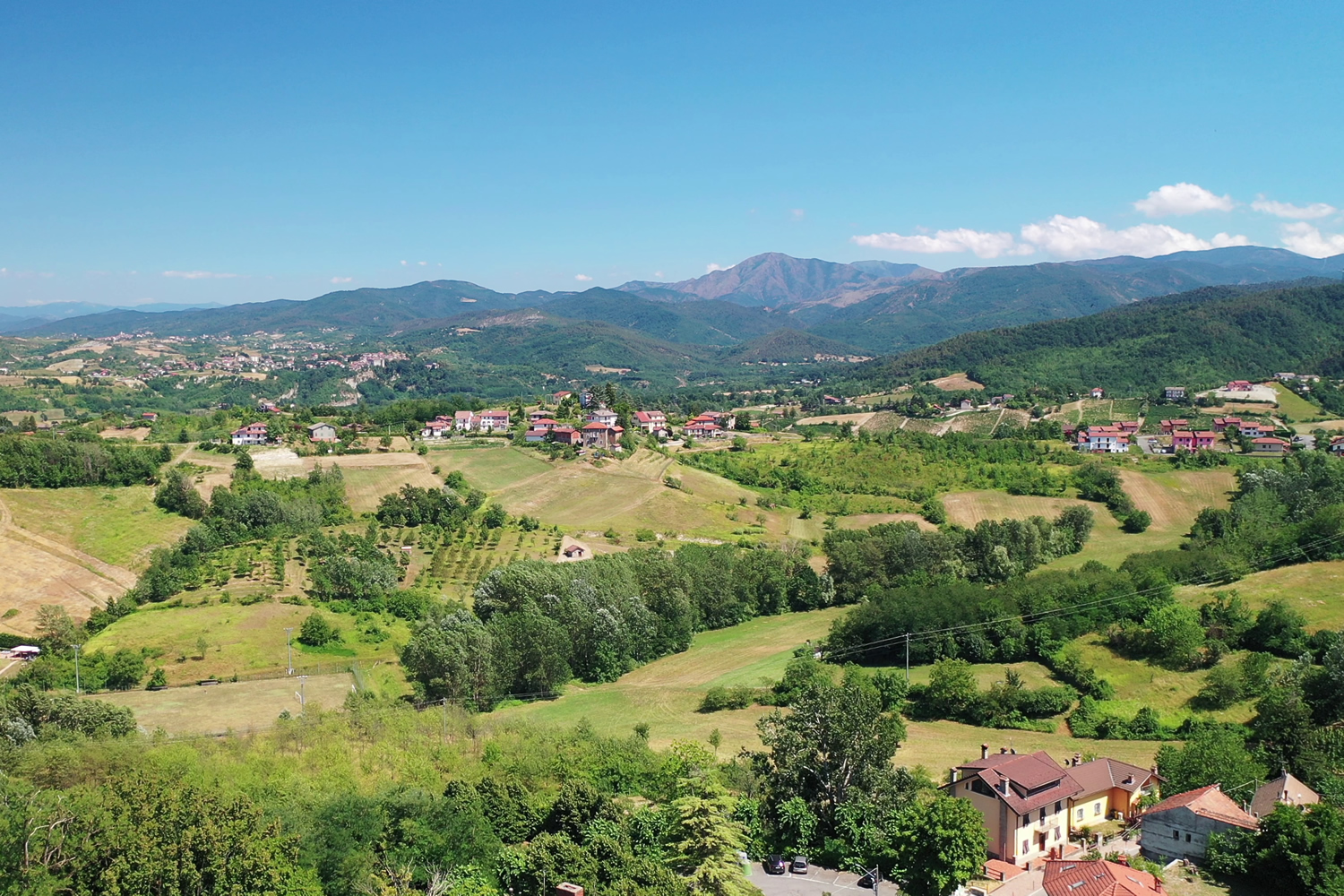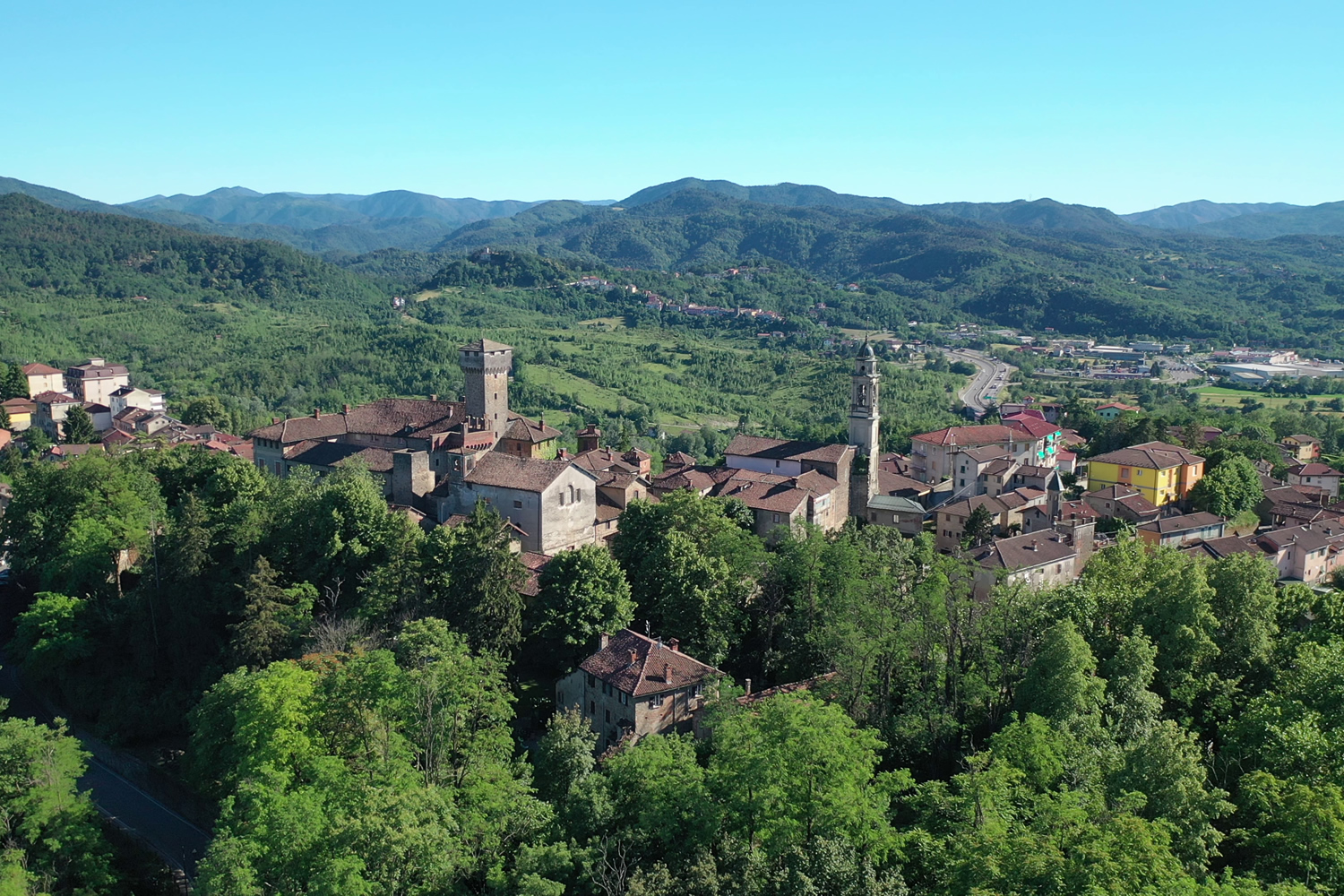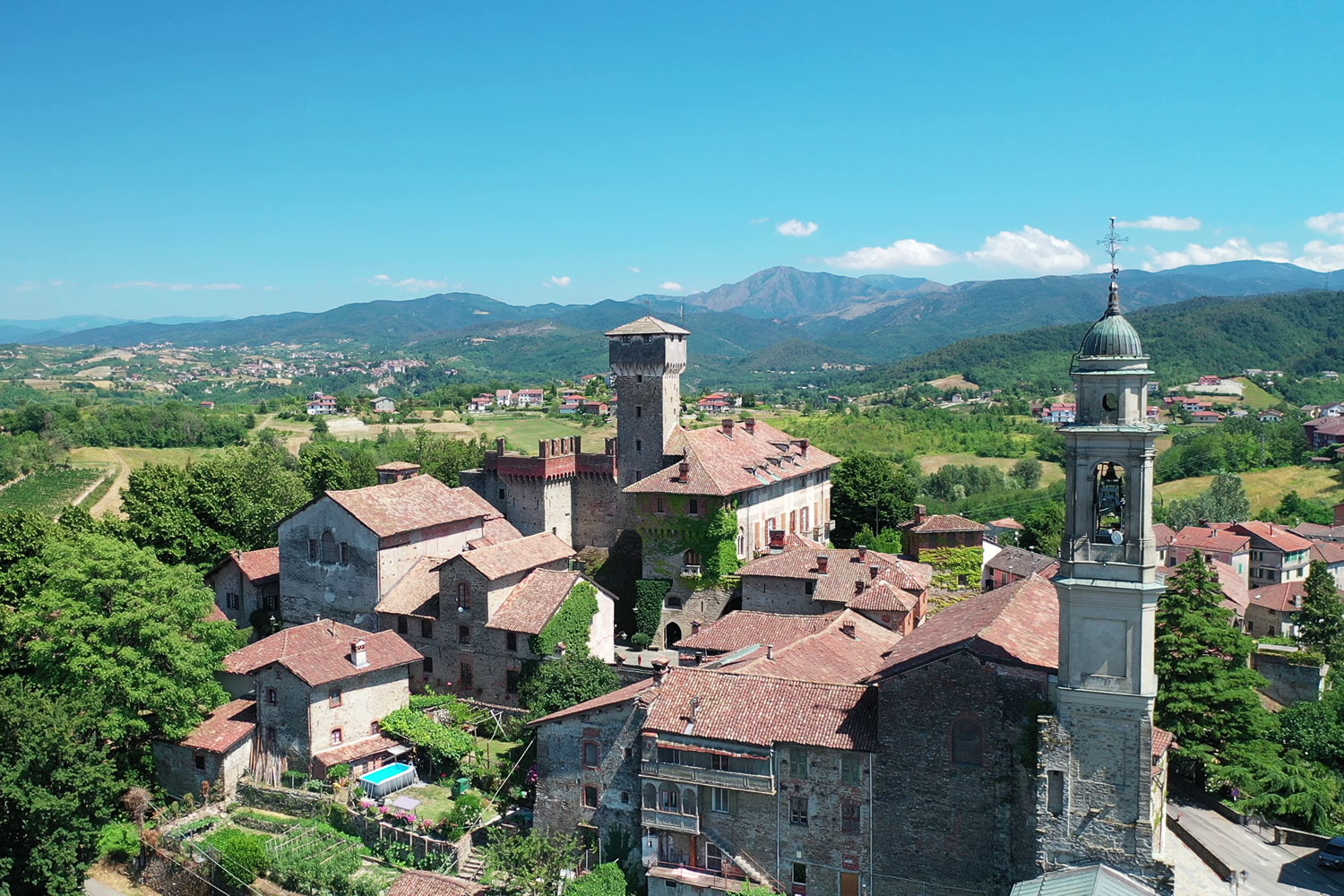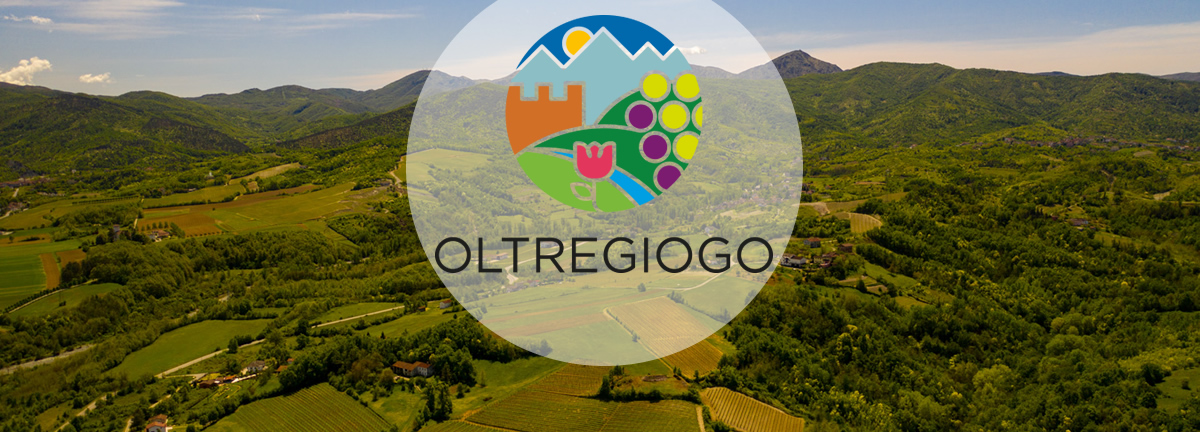The Municipality takes its toponym from Taliolus, Talliolus or Taiolus, ancient terms that indicate an area of intense deforestation in the Lombard era. The monks of San Colombano from the nearby Belforte monastery, known at the time by the name of Uxecium, worked there. Granted, in 976, as a fiefdom to the Aleramici by Emperor Otto I, it was the possession of various feudal lords: Malaspina, Cattaneo della Volta, Spinola, Doria, Del Bosco.
During the medieval period it hosted the cloisters of Santa Maria di Bano, whose remains are still visible today on Monte Colma. It was conquered by the military leader of the Republic of Genoa Egidio Di Negro, during the Genoese expansion in the Oltregiogo. Subsequently, having entered the orbit of the Duchy of Milan, it was given as a fief to the Gentile family. In 1750, following the marriage of Teresa Gentile to Costantino Pinelli, the fiefdom of Tagliolo passed to the Pinelli Gentile family, the current owners of the castle.
The second part of the name of the municipality, “Monferrato”, was added in 1902 by the will of the then mayor Giuseppe Pinelli to avoid confusion of the name of Tagliolo with other similar ones, such as Tigliole (Asti), Tagliole (Modena) Tiglieto (Savona).
The history of Tagliolo opens with a solemn deed drawn up in Genoa on 19th June 1217 when the Marquis Ottone del Bosco donated a series of localities located in the Stura Valley and in the middle Orba Valley to the Municipality of Genoa. However, his name appears for the first time in a charter from 933, when Ugo and Lotario donated the “curtis Auriola” to the Vercelli committee. The armed conquest of the Orba and Stura valleys accelerated the process of inclusion of local communities in the Genoese political-administrative system. The link with the Ligurian city was of an economic rather than political nature: the presence of a Bellingerio of Tagliolo, a Nicolino of Rocca (Grimalda) and another Bellingerio of Silvano (d’Orba) on the shores of the Black Sea along the routes favoured by maritime trade of Superba, is most eloquent in this regard.

PINELLI GENTILE CASTLE
The ancient village is centred in the Ricetto, within the walls which also surround the castle, all around the Poggio hill, following Via Morella and along Via Coppa. According to a document from 1293, three castles existed in Tagliolo: a castrum novum, a second castrum called “de Droguis” and a third “de Raynis”. The latter two were probably destroyed in 1272, during a Genoese expedition. At the time of Filippo della Volta (1295) the castle housed 200 men-at-arms.
The “Bigatteria” overlooks the courtyard of the castle, a building that was once used for the breeding of “bigatt”, silkworms: in the Oltregiogo area, especially in Novi Ligure, silk processing was flourishing. Today the venue is used for weddings or corporate lunches and cultural meetings.
The transition from a Spartan manor to a noble castle took place with the dynasty of the Gentile counts. It was the architect of Portuguese origins Alfredo D’Andrade who gave it a new life. Already author of the Medieval Village of Turin and the Valentino Castle, restorer (according to the canons of the time) of the Castell di Pavone, Verres, Fenis and others, on behalf of the Marquis Pinelli Gentile, he designed the reconstruction of the castle based on his innumerable studies of medieval architecture you can admire the towers, the Ghibelline battlements, the small balconies and the coats of arms frescoed on the facade, the white and red herringbone frieze… The reconstruction also affected the village.

PARISH CHURCH OF SAN NICOLÒ
The brotherhood of the Disciplinati of San Nicolò was born in the 15th century and had its first headquarters on the Poggio di San Nicolò, but the construction of the church that we see today, near the entrance to the Castle, dates back to the 17th century and is presented in traditional forms, with the gabled façade, the rectangular portal, the three windows at the top in the form of a three-light window and the image of Saint Nicholas. The first altar is dedicated to Saint Charles Borromeo and there is a wooden processional statue, the work of the Ovada sculptor Emanuele Giacobbe known for some marble statues in the Staglieno cemetery in Genoa. The second altar is dedicated to the Madonna del Rosario, while on the opposite side there is a Crucifixion – attributable to Guglielmo Caccia known as “Il Moncalvo” (1568-1625).
The bell tower, built in the early nineteenth century, is a technically daring and elegant work; The joint of the internal stone steps, inserted directly into the masonry, deserves particular attention.
COUNTRY CHAPELS
The country chapels deserve much attention: San Rocco, San Benedetto, San Defendente, San Giuseppe, Santa Maria delle Grazie, all built starting from the beginning of the 16th century.
SANTA MARIA DI BANO MONASTERY
Between the 12th and 15th centuries, the Cistercian female monastery of Santa Maria di Bano was located on the heights of Monte Colma. Those were the centuries of greatest expansion of the Cistercians who, from Tiglieto, the first monastery they built in Italy, had spread especially in Liguria, founding houses not only for male followers. In Bano there were nuns belonging to the main families of the Genoese aristocracy and their number, in the best years, exceeded 40 professed nuns. The monastery was abandoned in the fifteenth century. As the centuries passed, only a few stubs of the wall remained visible, but ancient documents and local legends pushed a group of enthusiasts, led by the archaeologist Enrico Giannichedda, to carry out some excavation campaigns that gave us back the true meaning of monastic life. Work is currently being done to bring the Bano monastery and its history back to life as much as possible.

Galleria
